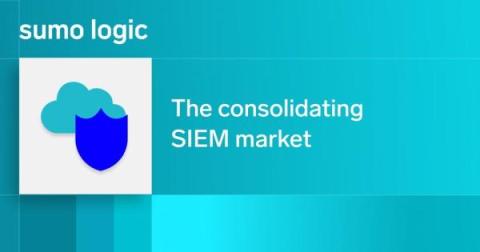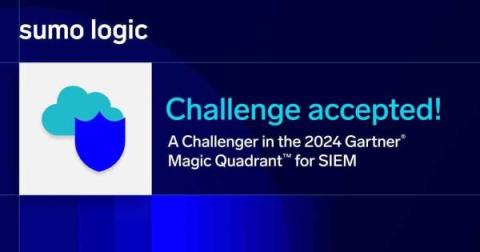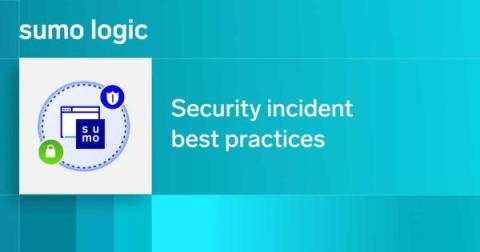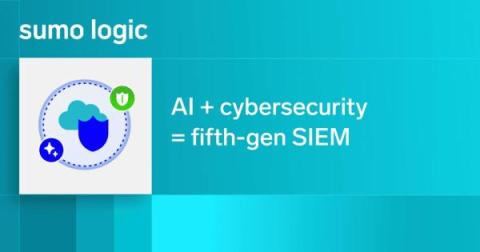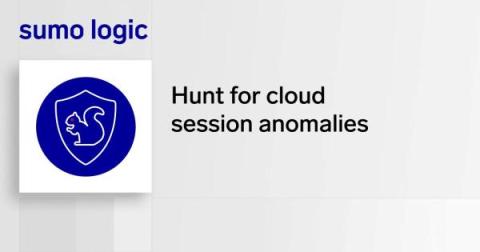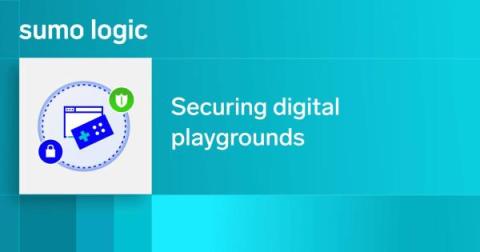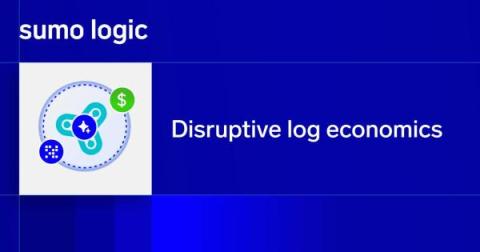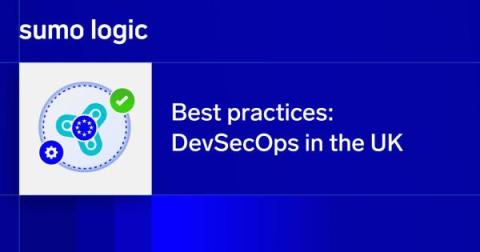How to navigate the rapid changes and consolidation in the SIEM and security analytics market
The security solutions landscape is evolving at a breakneck pace, with significant acquisitions reshaping the market. Notably, Palo Alto Networks has acquired IBM's QRadar product line, and Exabeam and LogRhythm have announced their merger. These moves echo Cisco's previous acquisition of Splunk, highlighting a trend where major players like AWS, Microsoft, Cisco, Palo Alto Networks, and CrowdStrike are consolidating their positions in the SIEM and security analytics space.


